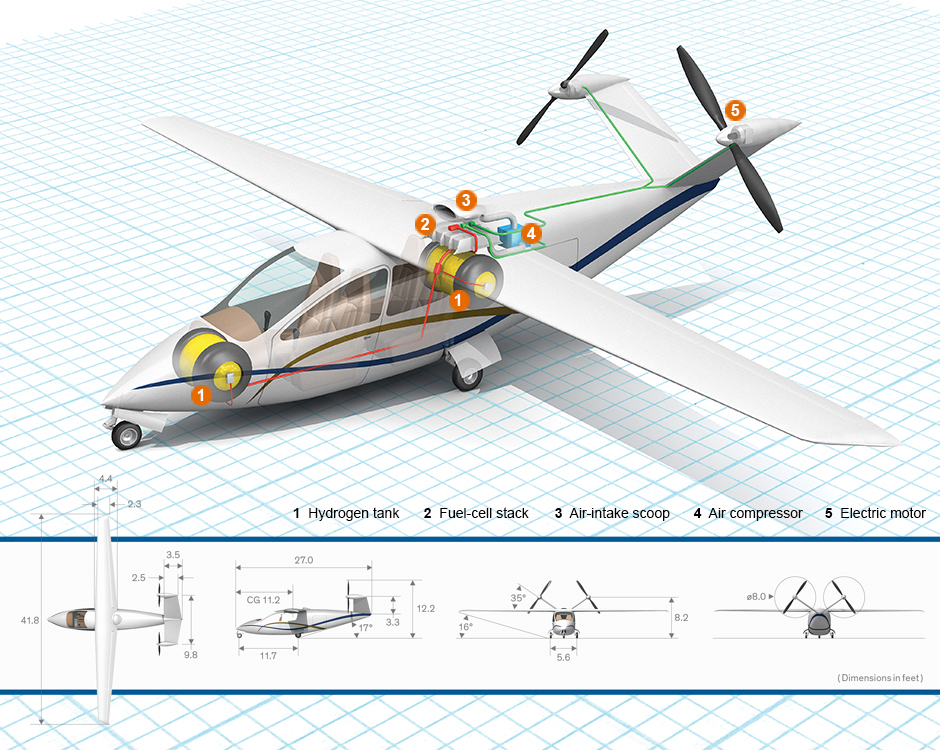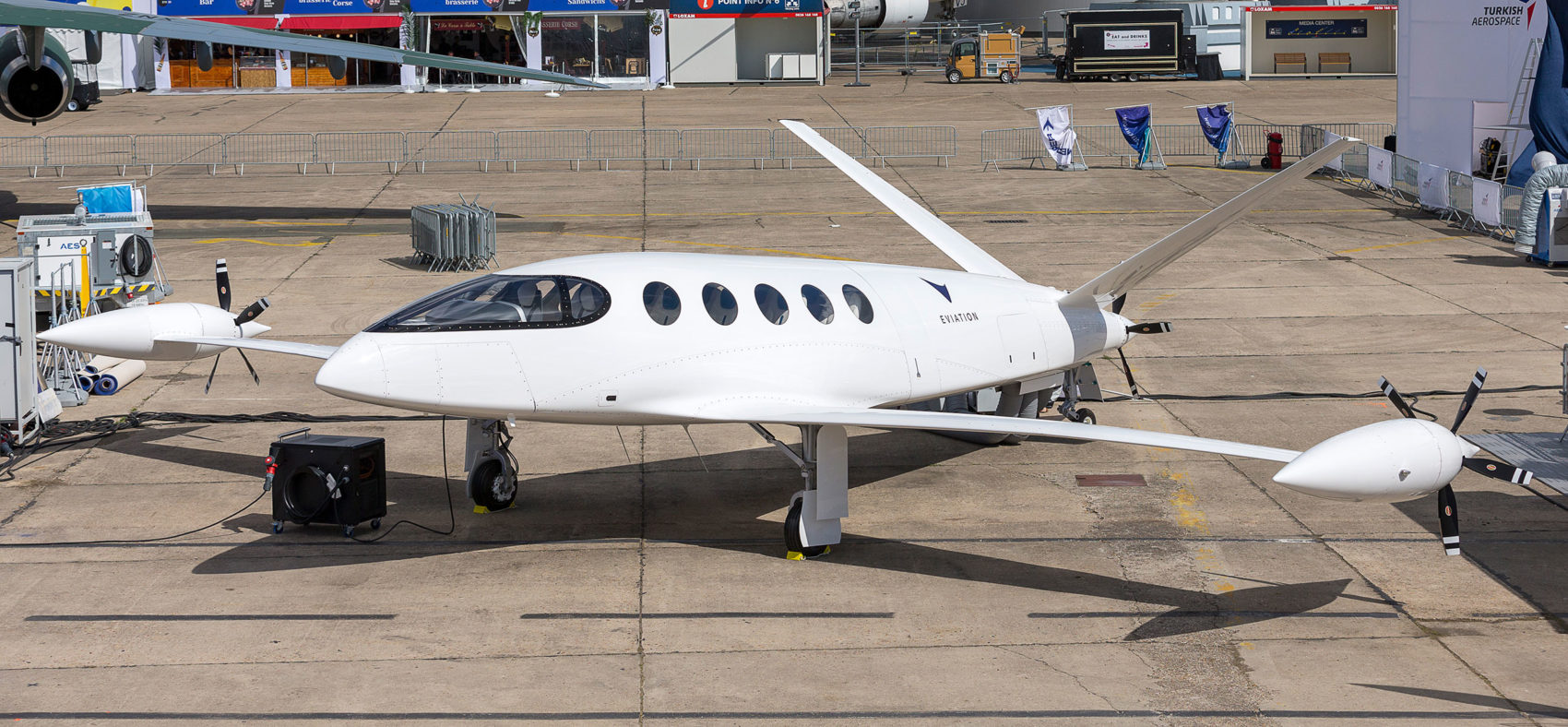How electric aeroplanes work?
08 November 2019
Inside the aircraft that’s leaving smaller carbon footprints in the sky than hi-octane jets
Right now. there are an estimated 20,000 aeroplanes in use around the world. Around 3 billion people travel on these planes, which account for four per cent of all greenhouse gas emissions. By 2040 it is thought that there are going to be more than double this number in use.
To control the impact this could have on the Earth’s climate, electric aircraft are providing a more sustainable solution to air travel. Electric engines have been designed in an attempt to create an emission-free air industry. In today’s connected world, there is a growing demand for air travel, so work needs to he done quickly to counteract the potential damage this demand could have on the planet.
 |
|---|
| The vapor aircraft [1] |
Electricity can be used to power electric aircraft in a variety of ways, including batteries, ground power cables. solar cells and power beaming. Power beaming involves the wireless delivery of energy to the aircraft from a remote power plant: the most common methods of this are through microwaves or lasers. Electric travel was previously regarded as a dream for the future, until encouraging progress began to be made. In 2016, Solar Impulse 3 brought the electric dream further into reality. The electricity-powered aircraft was the first of its kind to complete a trip around the globe, in a journey that took a full 16 months. During this time no fuel was burned: it was a zero—emission trip.
The ‘Vapor’ aircraft is the brainchild of Tom Neuman, who won a 2015 NASA competition.
Building effective electric aircraft
 |
|---|
| Prototype electric plane Alice is set to be the world’s first commercial electric aircraft in 2022 [2] |
Electric flights are still being tested, with 2022 set as the year when customers can take fully electric flights. Becoming electric brings visual changes. The large engines found under the wings of standard planes will no longer be necessary. Instead, many designs show an electric propulsion system distributed along the wing. The wings may also be monitored: adding an extra kilogram would require every part of the plane’s structure to be made bigger. Per unit of weight, an electrical aircrafts battery stores 40 times less energy than jet fuel. But a higher percentage of the energy can be used to drive aircraft. So, while less energy is created in a electric plane per kilogram, this energy will be used to cover a larger distance.